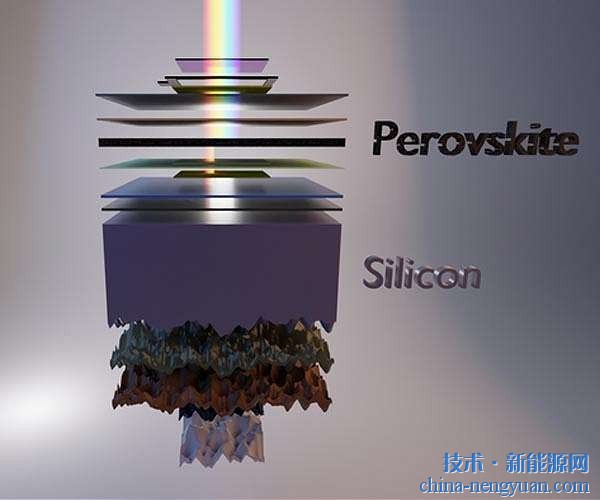Bacteria Research Improves Solar Conversion Efficiency
 |
A group of scientists from the Massachusetts Institute of Technology (MIT) recently said that they had been inspired by nature and thought of a completely new way of collecting solar energy. Their research will lead the birth of new solar energy conversion technology.
Nowadays, the main way of commercial solar energy is to convert solar radiation into electricity. The average conversion efficiency of solar cells is 20%, which means that only one-fifth of the light that shines on solar cells is converted into electricity.
The industry believes that even a 1% increase in efficiency is an important step forward. Leading postdoctoral fellows of the MIT research group said that deep-sea bacteria have the ability to absorb more than 98% of the weak light that shines on them.
Of course, nature has had billions of years of history, but scientists are catching up. Currently the MIT research team is using deep-sea bacteria to simulate light-harvesting methods in the lab and it takes a lot of time to determine how it works.
According to D.rtheM.Eisele, a researcher at MIT Electronic Labs, this work will lead to the development of a new light collection method. However, experts need to first understand the basic processes that constitute photosynthesis in nature.
Details observed by scientists in a recent study were published in the July 1 issue of the Journal of Natural Chemistry. The team created an artificial self-assembly system using dye molecules and double-walled carbon nanotubes (DWCNT).
"This is one of nature's greatest secrets, how to collect solar energy efficiently." Eisele explained. She said that although DWCNTs are unlikely to be used in practical applications, they are indeed the most effective test material and can help prove some concepts.
"We do not want to improve the efficiency of current solar cells. We want to learn from nature how to create a new light collection device." Experts added. Scientists from Humboldt University, the University of Texas at Austin and the University of Groningen are also participants in the project.
"The researchers used meticulous experiments to test how the nanoscale components of the system interact with each other after photoexcitation. This provides important insight into the assembly of large-scale application molecules in light collection," commented Gregory Scholes.
- Plano-convex lenses are useful for a wide range of applications. These lenses are manufactured from UV transmitting CaF2, MgF2(specifically designed for Excimer 193~248nm) ,Corning 7980 0F grade for 230nm to 1600nm, BK7A for visible and Near IR applications and Infra-red grade Calcium Fluoride for 2-5 micron range.Lenses are uncoated but Anti-reflection coatings are available. When used to focus a collimated beam, the light should be incident on the curved surface of the lens. These plano-convex lenses may be combined with other lenses to form complex imaging systems.
- Plano-concave lenses are useful for a wide range of applications. These lenses are manufactured from UV transmitting Fused Silica & BK7A and infra-red grade Calcium Fluoride and are excellent for use with lasers emitting in the 2 – 5 micron range .The lenses are supplied uncoated. Anti-reflection coatings are available. Please contact the Lambda`s sales team for more coating information.
Spherical Lenses,Pcx Spherical Lenses,Standard Spherical Lenses,Spherical Contact Lenses Astigmatism
Lambda Research Optics ChangChun,LTD. , https://www.lambdachina.com
